Western Cattle Egret
The Cattle Egret (Bubulcus ibis) is a small, white heron native to Africa. This bird is known for its symbiotic relationship with large grazing animals, most commonly cattle, from which it gets its name.
Cattle egrets are distinctive due to their short necks and sturdy build compared to other egrets. Adults are predominantly white with yellow bills and legs, though, during the breeding season, they develop buff-colored plumage on their heads, necks, and backs. They typically stand 46 to 56 cm (18 to 22 inches) tall with a wingspan of around 88 to 96 cm (35 to 38 inches).
Cattle egrets are often seen following grazing animals and farm equipment. Some may stand on top of a cow or horse. They are insectivorous birds, feeding on insects such as grasshoppers, crickets, flies, and other small creatures stirred up by the movement of these animals and machines. They occasionally consume frogs, birds, small mammals, and other prey when available.
Cattle egrets typically breed in colonies, often alongside other heron species. They construct their nests near water on top of the outer branches of shrubs or trees. The nests are made from sticks and other plant material, and the female lays 3 to 5 pale blue or green eggs. Both parents participate in incubating the eggs and feeding the young.

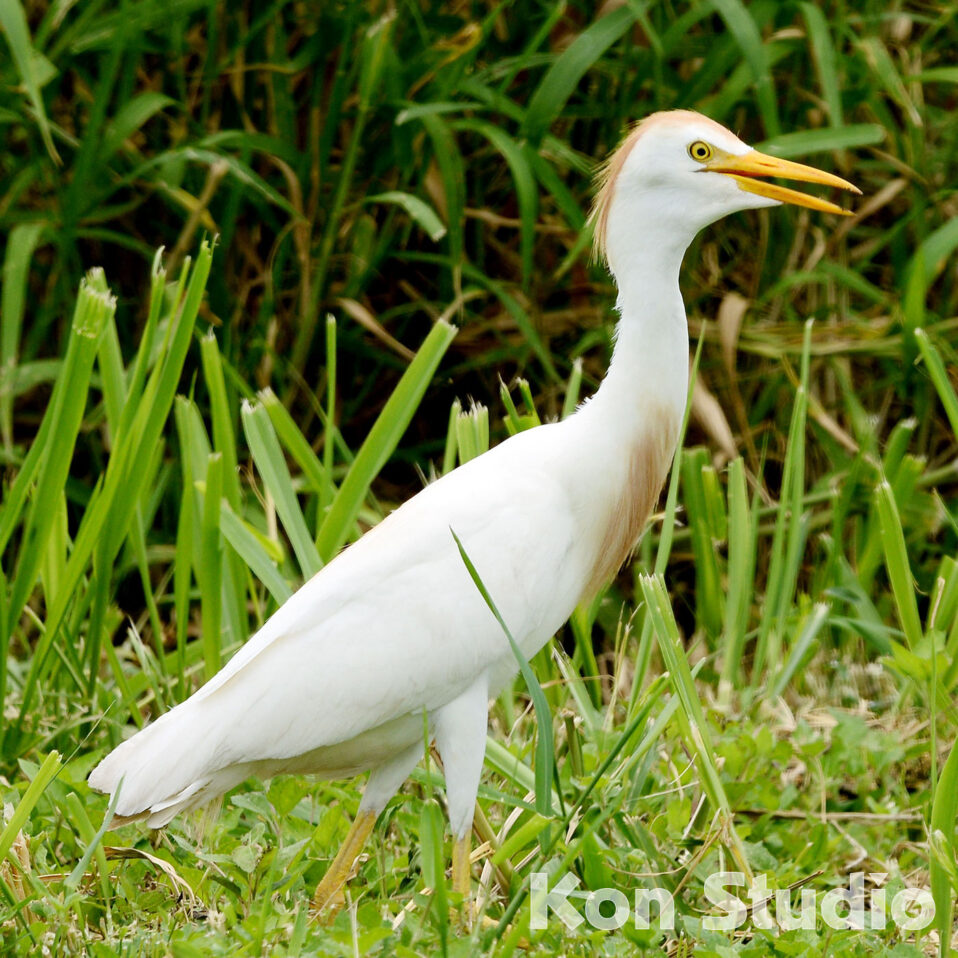
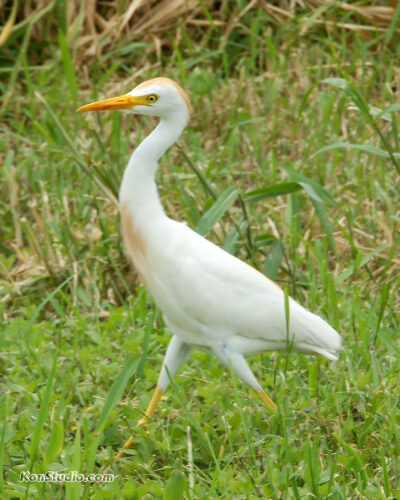
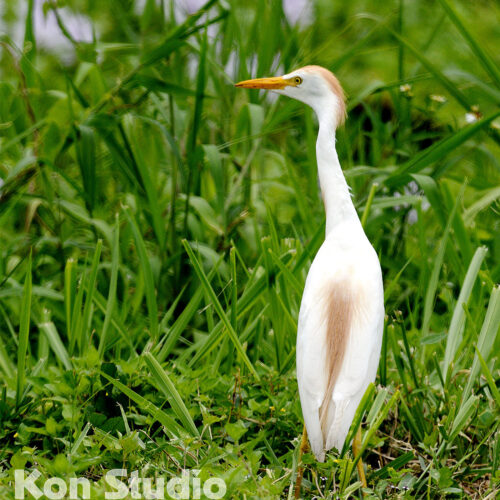
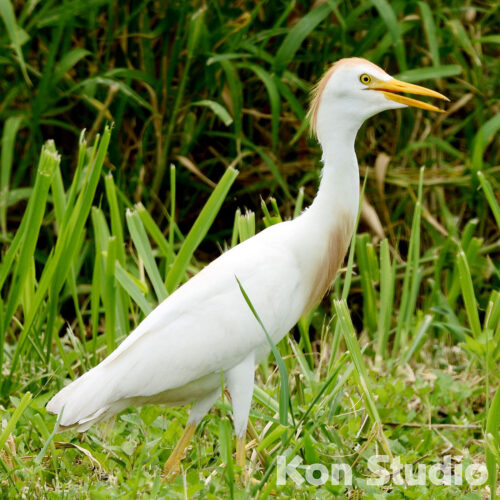
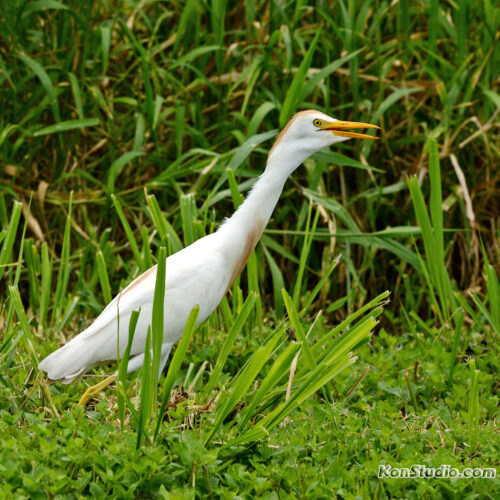
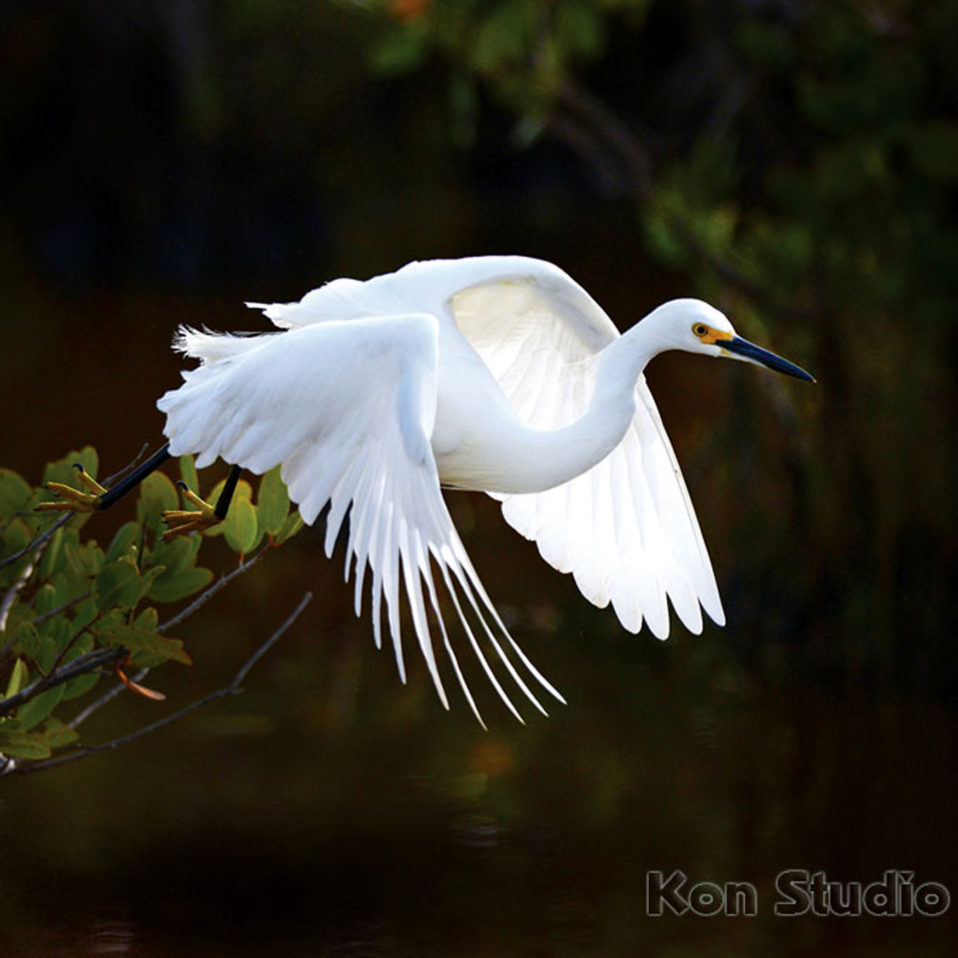
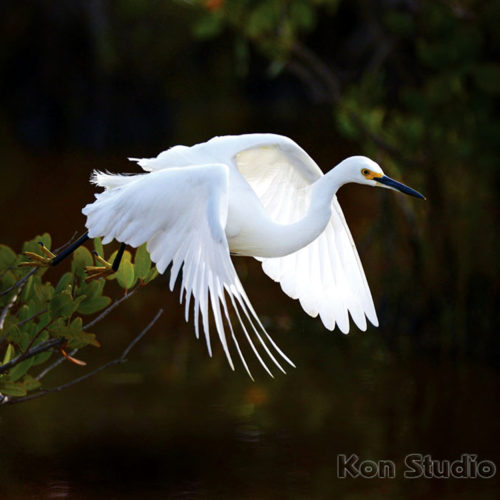
Recent Comments